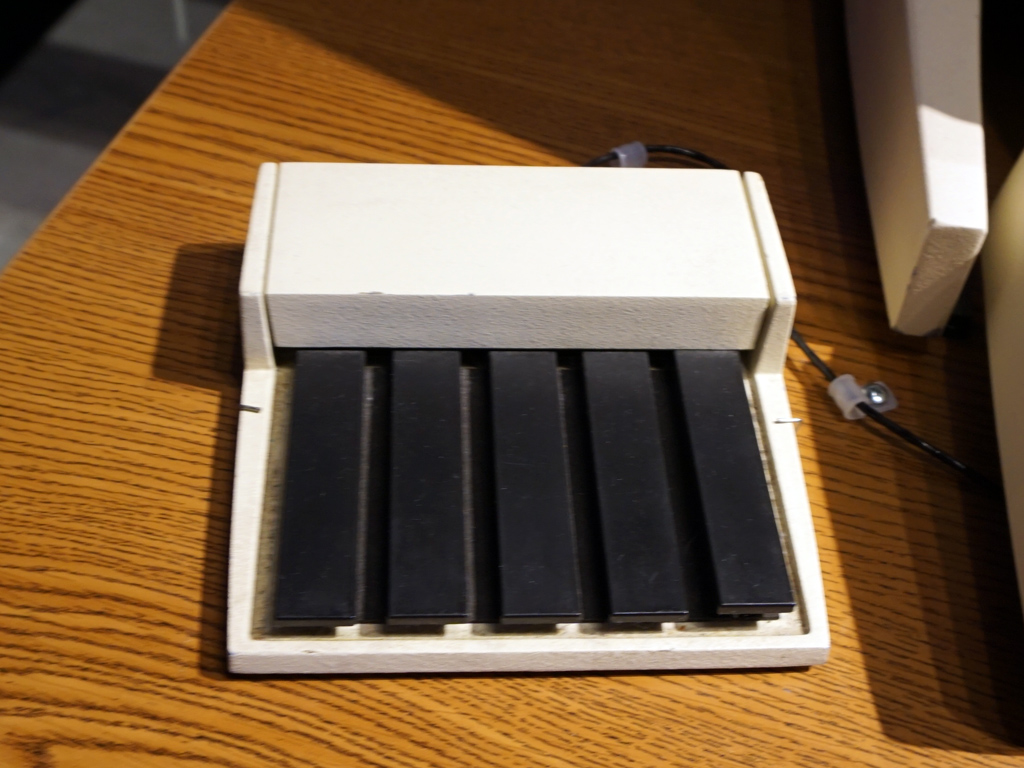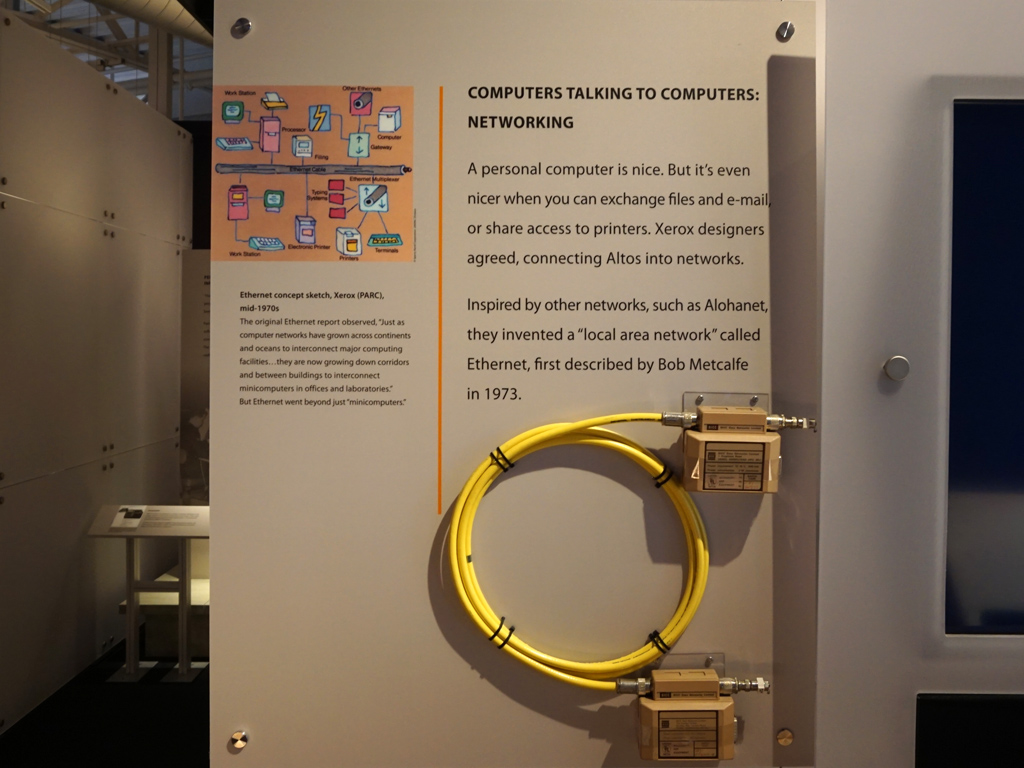Computer History: From The Antikythera Mechanism To The Modern Era
In this article, we shed light on the most important moments in computer history, acknowledging the people that have contributed to this evolution.
Xerox PARC And ALTO Computer
Today, the Xerox Corporation is mostly known for its printers and copier machines, however decades ago the company also had a huge influence on the computing community and was a true pioneer in many developments. Some of Xerox's inventions include networking, the Graphical User Interface (GUI), the very large-scale integration circuits (VLSI), laser printing and the mouse. All inventions described above took place at the Xerox PARC (Palo Alto Research Center). The PARC was Xerox's research center and some of the greatest scientists in the world worked there.


Scientists working at Xerox PARC were free to pursue and implement their ideas, which is why so many great innovations were born there. Although some companies like Apple managed to obtain some ideas that initially started at Xerox PARC, Xerox failed to utilize many of them; that's one of the reasons why today Xerox's contributions are not well known. People like Steve Jobs had the insight to exploit some of PARC scientists' innovations and thanks to this, Apple is now among the most powerful tech companies in the world.




One particular invention is the Alto computer, which was designed and built at Xerox PARC in 1973 and is considered an ancestor of all personal computers (PC). It was the first computer that featured a graphical user interface, and although it was never released, thousands of these machines were manufactured and used not only within the limits of Xerox PARC, but also in other Xerox locations and even several universities.
The Alto PC used a Texas Instruments CPU and featured an Ethernet port, which allowed it to connect to other Alto PCs. On top of that, it used a black and white monitor along with a strange looking keyboard and a mouse. One of Alto's capabilities was the support of external storage drives, so it could play the role of a file server. As you can probably guess, if the Alto PC was released on the commercial market then Xerox's position in the IT world would most likely be very different today. When it comes to technology, innovation alone can prove fruitless if it isn't supported by a good marketing and sales strategy.


In 1979 the co-founder of Apple, the late Steve Jobs, managed to gain access to Xerox PARC and had the chance to watch a demonstration of the Smalltalk programming environment and also take a look at the networking environment and the GUI of the Alto PC. He was left so impressed by Alto's graphical interface that he immediately adopted the idea and used it later in the computers that Apple manufactured. Jobs capitalized on Xerox's ideas, setting a foundation for one of the largest technology companies today.
MORE: Best Enterprise Hard Drives
MORE: Best Enterprise SSDs
Get Tom's Hardware's best news and in-depth reviews, straight to your inbox.
Current page: Xerox PARC And ALTO Computer
Prev Page The Information Technology Revolution - The First Processors (CPUs) Next Page The Era Of Microcomputers: ALTAIR 8800 And Other Early Computers
Aris Mpitziopoulos is a contributing editor at Tom's Hardware, covering PSUs.
